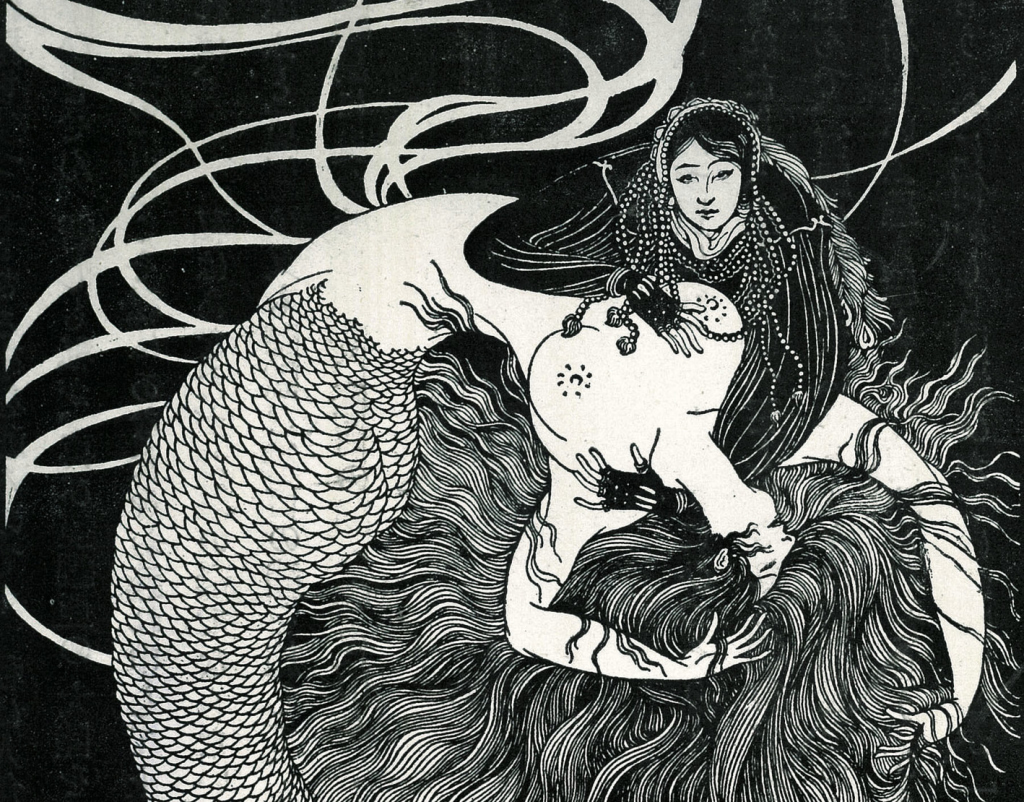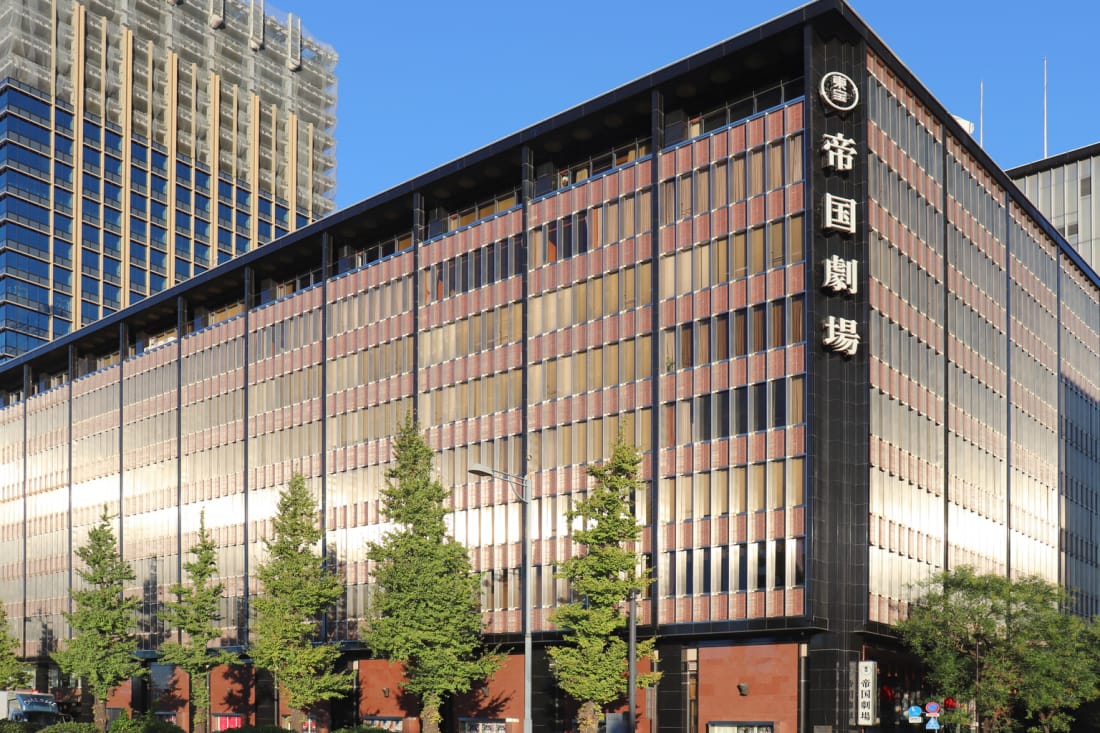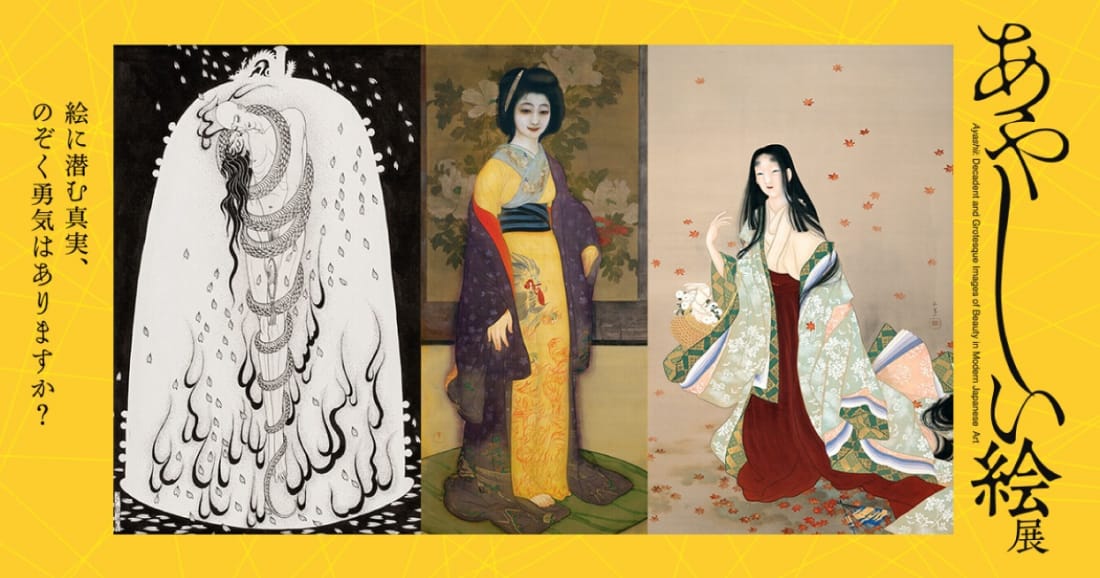As the sakura snow settles on the streets and the spring sunshine warms the air, it is hard not to feel uplifted at the start of Tokyo’s most celebrated season. If all the natural beauty leaves you in the mood for more, then head to one of these great exhibitions on display in and near the capital this month.
Note: All of the institutions mentioned are undertaking coronavirus prevention measures, which are updated according to the current situation. It is important to check the websites before attending any of these Tokyo exhibitions for the most up-to-date information.
この投稿をInstagramで見る
1. Mondrian: In Search of Pure Pictures
In commemoration of the 150th year since his birth, the Sompo Museum of Art in Nishi Shinjuku is putting on an exhibition of 50 works by the Dutch master from the Kunstmuseum Den Haag in the Netherlands, plus an additional 20 works from domestic and international art museums. Mondrian is famous for his later geometric compositions of blocks of primary colors separated by thick black lines, but this exhibition demonstrates the diversity and breadth of his achievements. Landscapes and symbolist abstractions are also included, showing another side to one of the best-known painters of the 20th Century.
When: Until June 6, 2021
How much: From ¥1,100
Where: Sompo Museum of Art, 1-26-1 Nishi-shinjuku, Shinjuku-ku
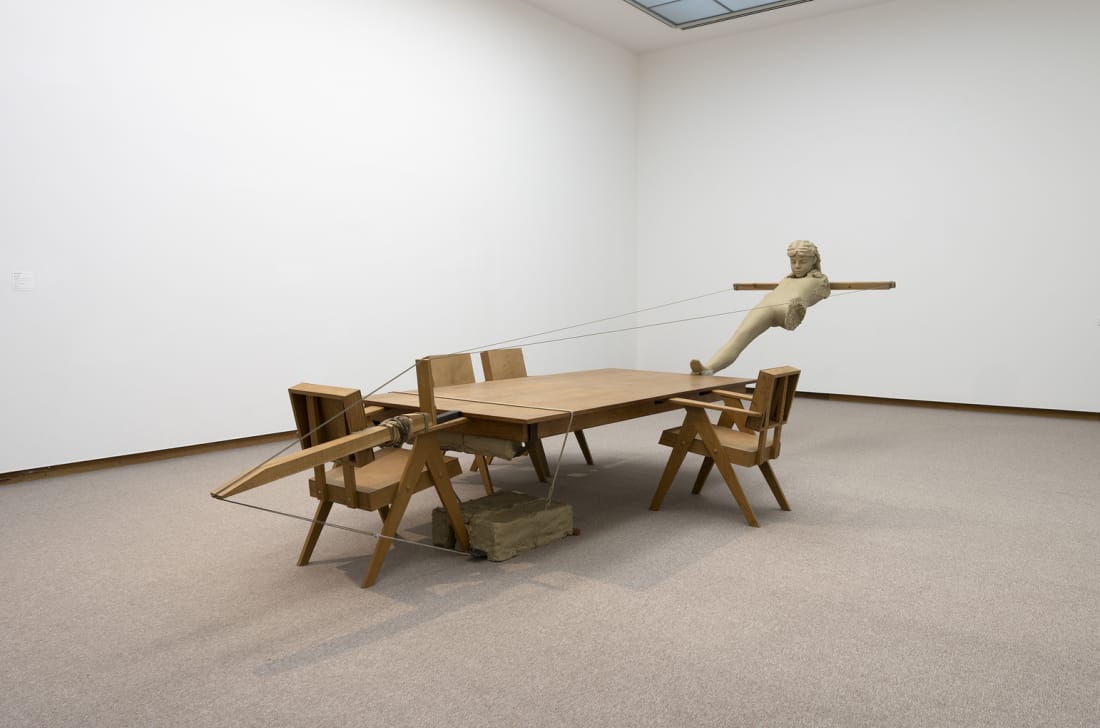
©Mark Manders, Mind Study, 2010-11, Collection of Bonnefantenmuseum Maastricht Courtesy: Zeno X Gallery, Antwerp Photo: Peter Cox / Bonnefanten
2. The Absence of Mark Manders
The Dutch artist Mark Manders has acquired worldwide acclaim for his ‘self-portrait as building’ concept. In this, his first solo exhibition in a Japanese museum, Manders has designed the whole exhibition space as a single work, the ‘building’. Each individual work in the exhibition is part of a larger whole, and while each can be viewed in isolation, it is as a whole that they develop greater meaning. It is a thought-provoking way to conceive of an exhibition, and the viewer’s understanding is further distorted by the concept of an imaginary self-portrait of a fictional Mark Manders, that entwines with the real artist creating the sculptures and objects on view. Personal memories and art historical references run through each work, promising a multitude of details and different meanings and experiences for each viewer.
When: Until June 20, 2021
How much: From ¥600
Where: Museum of Contemporary Art Tokyo, 4-1-1 Miyoshi, Koto-ku
3. 270th Anniversary of the Birth of Matsudaira Fumai: The Esthetics of Cha no Yu
After a lengthy closure for the pandemic, the Idemitsu Museum of Art is scheduled to reopen in April. This first exhibition is dedicated to the Japanese culture of drinking tea, and the art of the tea ceremony, or Cha no Yu. Masterpieces relating to the practice of Cha no Yu from the Idemitsu Museum’s collection will be on display, allowing a thorough immersion into the history and development of the tea ceremony in Japan. It will also showcase some exceptional works of art, demonstrating the value held in apparent simplicity and perfect function.
When: Until May 30
How much: From ¥800
Where: Idemitsu Museum of Art, 9th Floor, Teigeki Bldg., 3-1-1, Marunouchi, Chiyoda-ku
Please note this museum will be introducing a reservation system from April 2021.
【本日開幕!】企画展「アイノとアルヴァ 二人のアアルト フィンランド―建築・デザインの神話」は6月20日(日)まで。 #アアルト展 #世田谷美術館https://t.co/5u77AbuHJG
— 世田谷美術館 (@setabi_official) March 20, 2021
4. Aino and Alvar Aalto: Shared Visions
While Alvar Aalto may have lived to become one of Finland’s best-known architects, the ideals that shaped his vision were strongly influenced by his first wife Aino. This exhibition traces the history of their relationship, examining how it influenced Alvar’s work, and demonstrating how important their shared visions were to the development of his style and to the history of Finnish architecture.
When: Until June 20
How much: From ¥500
Where: Setagaya Art Museum, 1-2 Kinuta-koen, Setagaya-ku
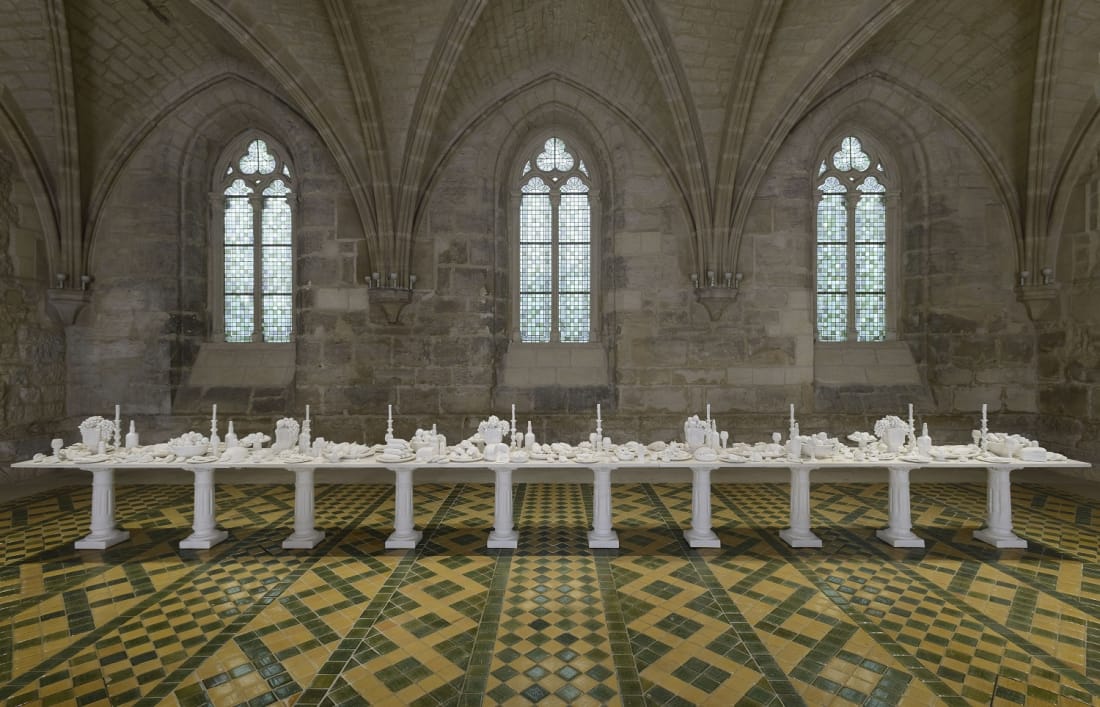
ⒸKen + Julia Yonetani Courtesy of the Artists and Mizuma Art Gallery
5. Ken + Julia Yonetani: That’s Why I Want To Be Saved
The artist duo of Ken and Julia Yonetani draw on social issues in their work and are not afraid to deal with some of the biggest threats to our society, such as climate change, environmental destruction and the ongoing pandemic. They take the anxieties that naturally develop from these fears and channel them into artistic expression. By doing so, they challenge us to face our own fears, but by incorporating elements of beauty and humor, they introduce the promise of hope beyond the fear.
When: Until May 31
How much: From ¥800
Where: Kadokawa Culture Museum, 3-13-3 Higashi Tokorozawa Wada, Tokorozawa-shi, Saitama
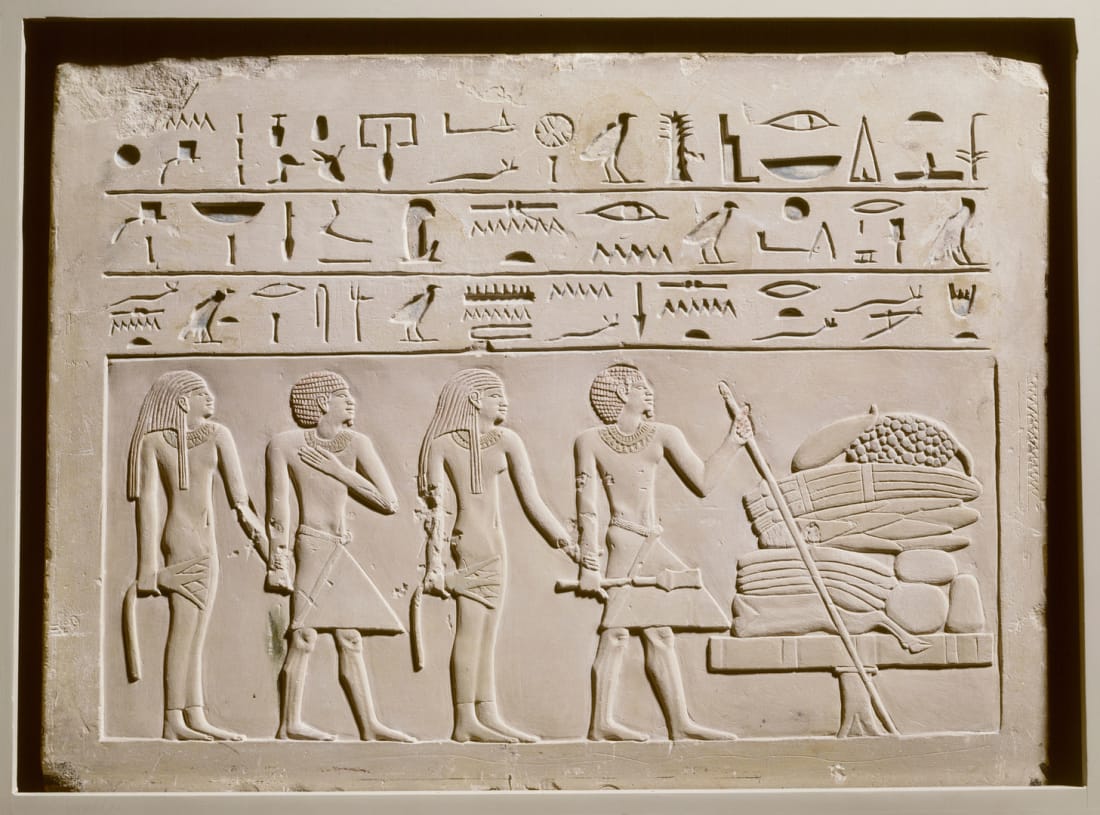
© Rijksmuseum van Oudheden (Leiden, the Netherlands)
6. Egypt, Land of Discoveries, from The National Museum of Antiquities in Leiden
This exhibition delves into all aspects of the lives of the ancient Egyptians, from their aesthetics to their medical knowledge. Over 200 objects will be displayed from one of the largest Ancient Egypt collections in Europe, but of particular note are the mummy cases, which will be displayed together and in the upright standing position. They are rarely showcased in this manner, making this exhibition a great opportunity to view them. The exhibition also incorporates modern technology, displaying for the first time the results of CT scans of mummified bodies. A fascinating exhibition with a touch of the macabre that might just be gruesome enough to be of interest to all ages.
When: From April 16
How much: From ¥600
Where: Bunkamura Museum of Art, 2-24-1 Dogenzaka, Shibuya-ku
7. Ayashii: Decadent and Grotesque Images of Beauty in Modern Japanese Art
This exhibition explores the darker side of representations of beauty in Japanese art. Showcasing unusual, at times disturbing, and eye-opening works, it challenges us to re-examine our definition of beauty and the impact social norms regarding beauty can have on society.
When: Until May 16
How much: From ¥700
Where: The National Museum of Modern Art Tokyo, 3-1 Kitanomaru-koen, Chiyoda-ku
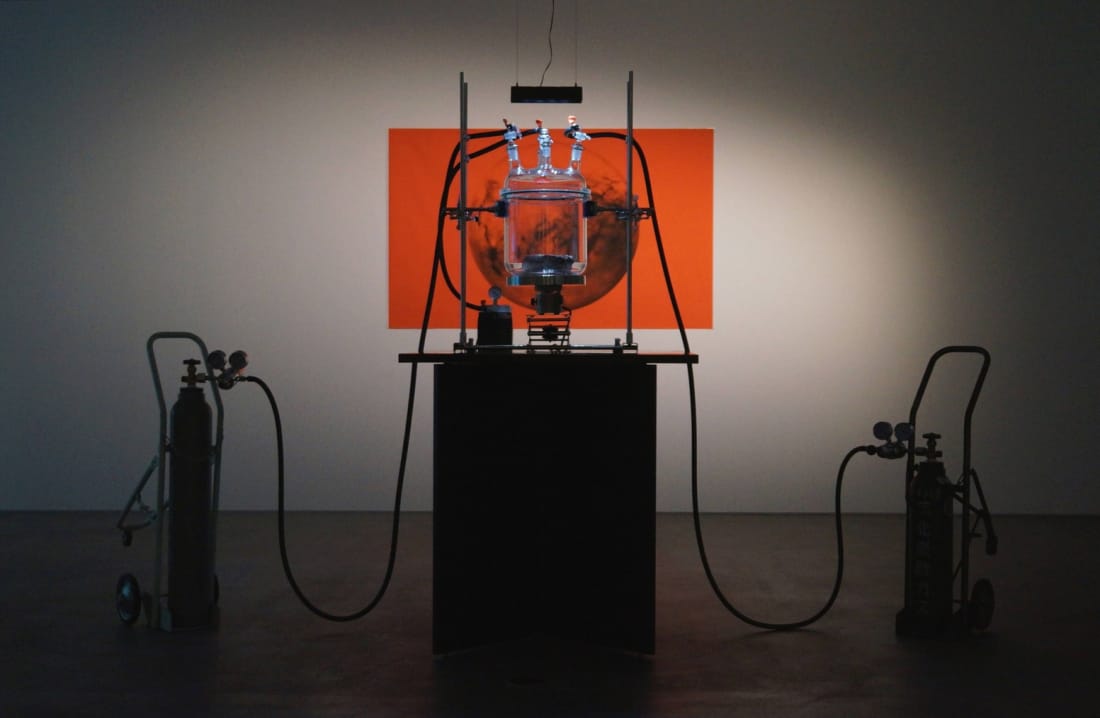
©Proto-A/FORMATA 2020
8. 2021 A Space Odyssey Monolith: Memory as Virus – Beyond the New Dark Age
Two decades on from the setting of Stanley Kubrick’s epic science fiction movie 2001: A Space Odyssey, this exhibition challenges 9 artists to consider the themes of the movie as they relate to modern-day society. The technological revolutions that have occurred since the release of the movie in 1968 provide a very different framework for viewing the central themes of the film, such as artificial intelligence, space travel, and artificial evolution. Their work poses questions about our future and our understanding of our past, especially in the face of the pandemic and climate change. As you might expect, a diverse array of works have been inspired by the concept of artists such as Anish Kapoor, Mariko Mori and James Bridle.
When: Until April 25
How much: Free
Where: Gyre, 3F 5-10-1 Jingumae, Shibuya-ku
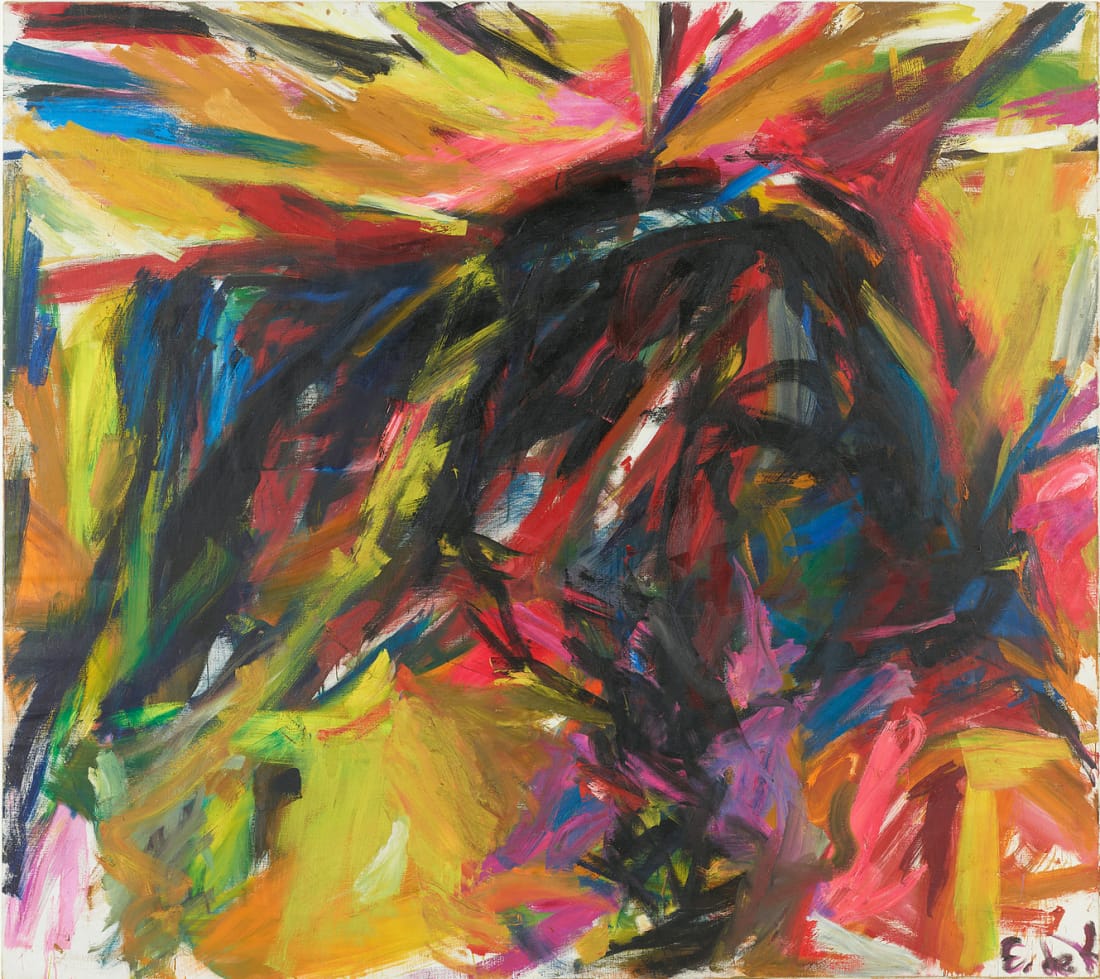
© Elaine de Kooning Trust
9. Steps Ahead: Artizon Museum Recent Acquisitions
As an exhibition of recent acquisitions, there is no unifying theme here, but rather a showcase of the museum’s collecting philosophy and recent progress. The collection itself is diverse, ranging from ancient Chinese paintings to contemporary Japanese art, and is particularly strong on Impressionist and modern Japanese paintings. The recent acquisitions reflect this, but also the museum’s desire to expand its breadth to include more abstract and contemporary works, as well as early modern Japanese art. Whether or not you are interested in the Artizon Museum’s collecting philosophy, the exhibition promises an unchallenging yet sumptuous display of paintings.
When: Until September 5th
How much: ¥1,200
Where: Artizon Museum, 1-7-2 Kyobashi, Chuo-ku
https://www.artizon.museum/exhibition_sp/steps_ahead/en/

Street with Pillars in Jerash (Jordan 2015)
10. Stamp de Archaeology
For anyone interested in stamps, the Philatelic Museum in Tokyo’s Toshima-ku is a must. The current exhibition focuses on stamps with an archaeological theme. When viewing stamps, the images displayed are only part of the story. It is the traces of past lives and stories that stamps evoke that give them meaning beyond their function. As well as providing glimpses onto personal histories from the past, they shine a light on the values and beliefs of past societies, through the images chosen to be displayed on the stamps and their popularity with the public. The wildly different meanings stamps held for different people is also a fascinating part of their history, as a stamp with an archaeological view could be both a treasured possession for a collector and a pretty adornment to a postcard or a souvenir to another. The Philatelic Museum encourages us to think about the past in a different way through the stamps that it shows, and in so doing help us to reflect on the ephemera in our own lives, and the objects in which we choose to invest meaning.
When: From April 2
How much: From ¥100
Where: Philatelic Museum, 1-4-23 Mejiro, Toshima-ku
Updated On April 6, 2021

